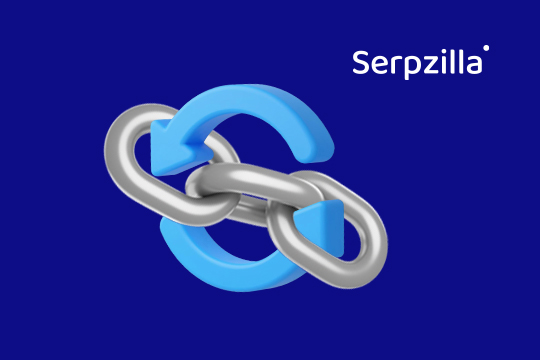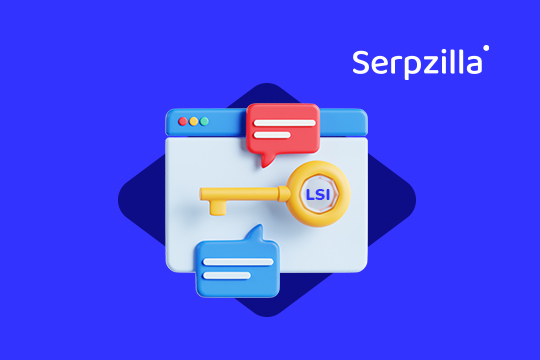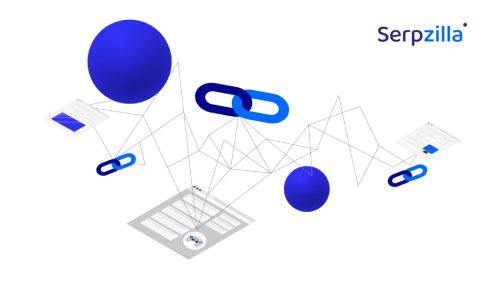Internal links do much more than simply bind the pages of your website; they’re a vital component in any SEO specialist’s toolkit. They serve as your showcase to search engines, displaying your site’s structure, amplifying the importance of key pages, and elevating the overall user journey. Let’s dive into crafting internal links that bolster your SEO efforts.
Understanding Value
Realizing the power of internal links is crucial—they’re the conduits through which “page authority” flows throughout your site. Aiming to boost the ranking of a particular page? Ensure it’s interlinked with relevant, connected content across your domain. This not only signals to search engines the interconnectedness of your content but also steers valuable page authority to where it’s most needed.
Placement Strategy
Embedding internal links isn’t about hitting a quota—it’s about enriching the user’s journey through your site.
Visualize wearing the hat of an SEO maestro, delving deep into user behavior analytics. Each link you place is a thoughtful step towards weaving a seamless narrative throughout your content, guiding users effortlessly to the information they crave.
Anchor Texts
Shift away from the nondescript “click here” commands. Opt for anchor texts that are both informative and contextually rich, shedding light on the linked content’s essence. Your aim here is twofold: to provide a clear, enticing preview to the user and to skillfully weave in strategic keywords to fortify your SEO stronghold.
Visualization of Structure
Leverage the latest visualization tools to get a bird’s eye view of your website’s architecture. This illuminating exercise helps pinpoint any “orphaned” pages lurking in the shadows, devoid of internal links. Addressing these gaps is pivotal, as it promotes a harmonious flow of authority across your site, ensuring no page is left behind in obscurity.
Balance and Avoiding Cycles
Striking the right balance is key. Overloading a page with links can dilute their individual impact. Similarly, steer clear of circular linking patterns—where pages link in a loop, like a merry-go-round from page A to B, then B to C, and C back to A. Such cycles can confuse both users and search engines, detracting from the navigational flow of your site.
Continuous Analysis and Optimization
In the dynamic landscape of SEO, rest isn’t an option. Make it a habit to scrutinize the performance of your internal linking structure. With the aid of analytics, observe the ripple effect that modifications in link architecture have on user engagement and SERP standings. This continuous cycle of evaluation and adjustment is crucial for refining your strategy and securing enhanced outcomes.
Leveraging internal links smartly can catapult your site’s search visibility and user experience to new heights. Embrace the mantra of perpetual experimentation, detailed analysis, and targeted optimization to navigate your way to SEO success. Dive in, the journey to mastering internal links is both challenging and rewarding. Best of luck!






![Link Building Outreach [2025]](https://serpzilla.com/blog/wp-content/uploads/2025/02/Link-Building-Outreach540х360.jpg)


